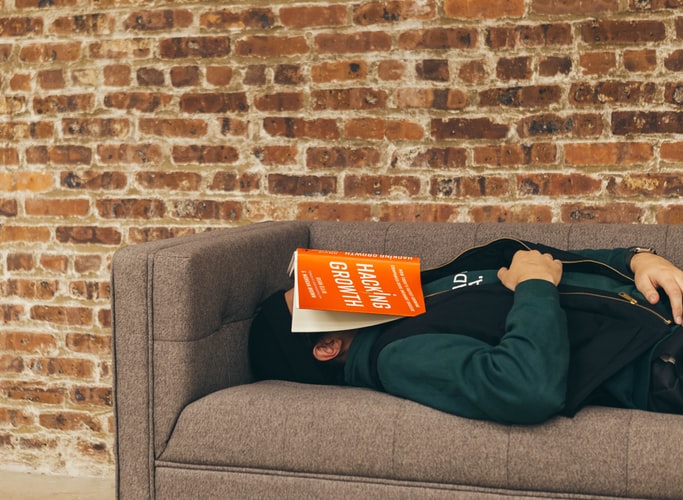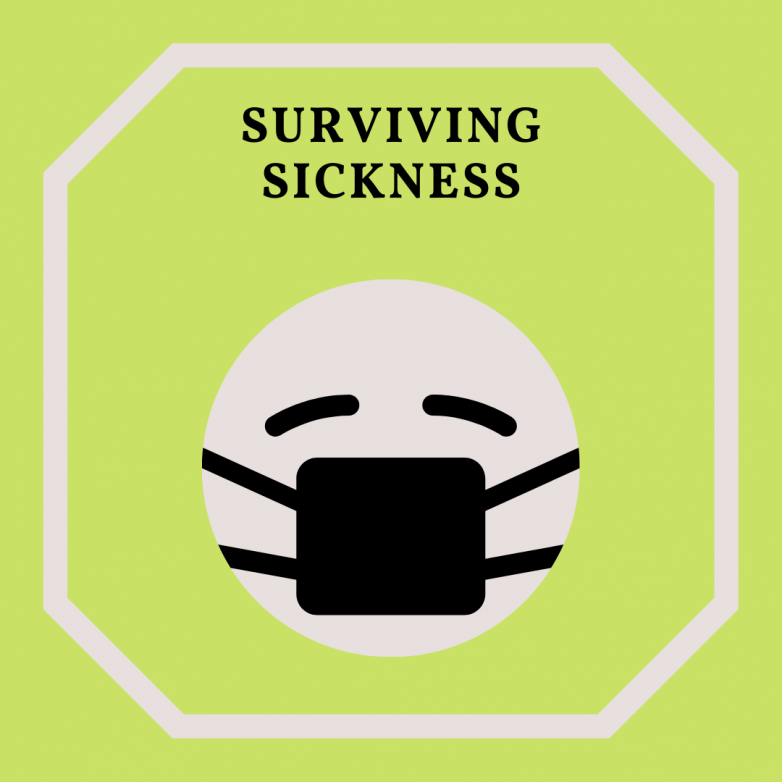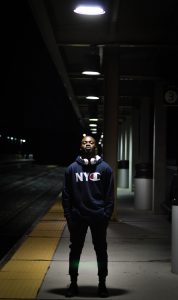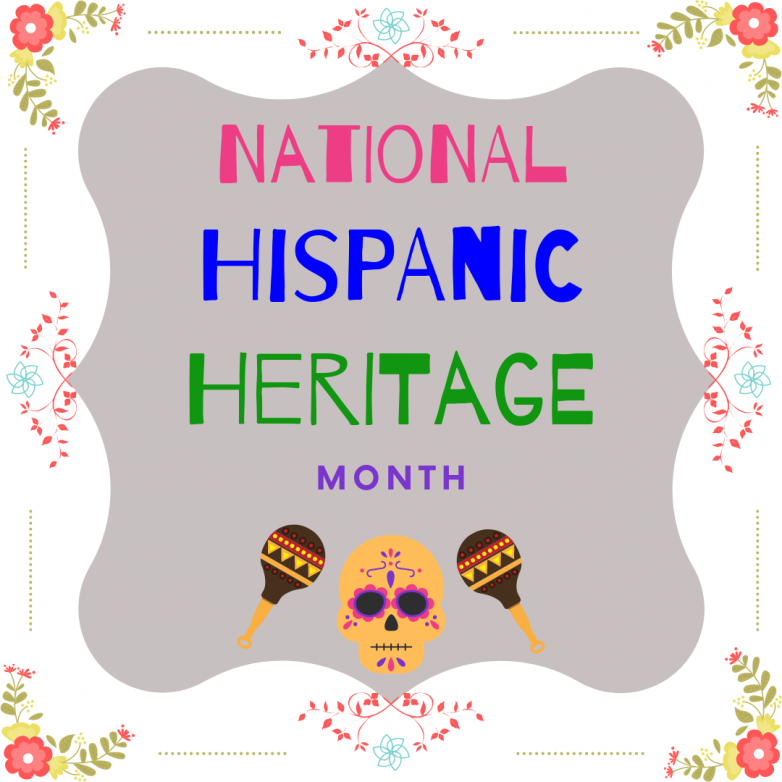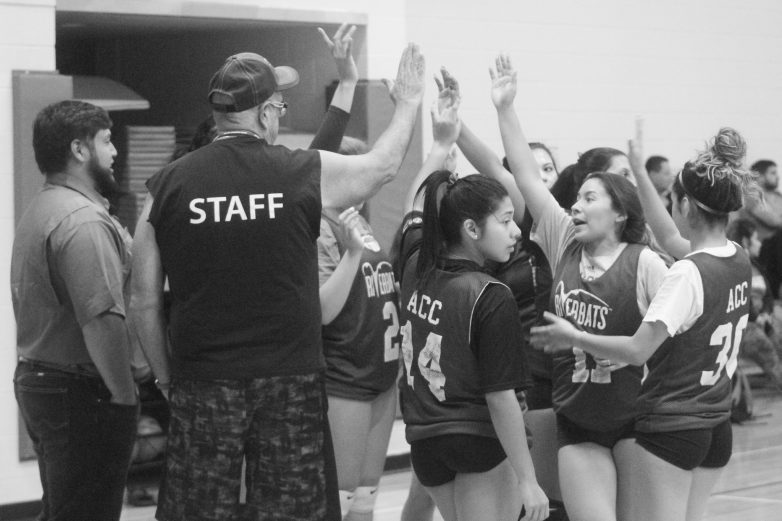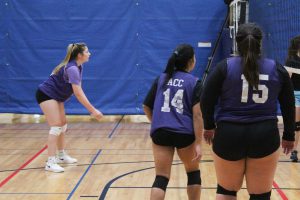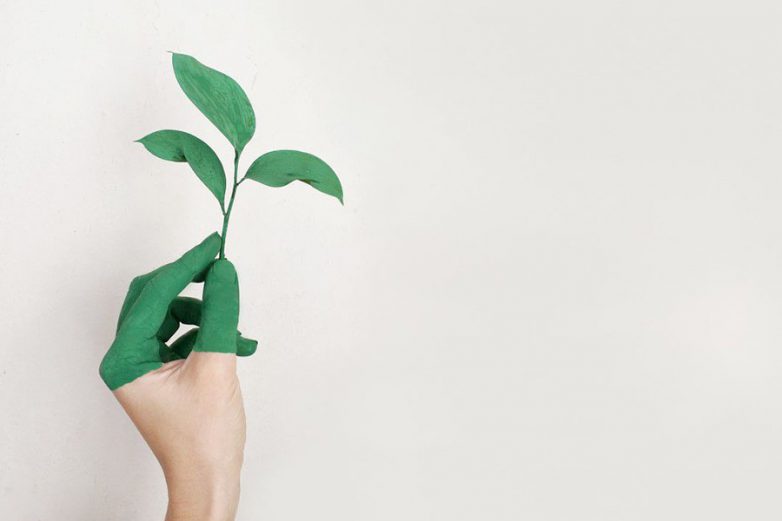Story and Photos by: McKenna Bailey
Have you ever seen a poster around an Austin Community College campus that catches your eye, but you walk right past it? No matter which campus you attend, each of the communication boards provide helpful resources, information about student organizations, and other ways to engage yourself within the community. For many, Hispanics and Mexican-American students at ACC, a single poster provided them a life-changing experience.
Right now, there are 130 thriving students that are participating in the ASCENDER program. According to Megan Diaz, the outreach specialist for the program, Ascender is, “A program for all 1st year ACC students, and it’s a transfer-mentor program which means that all students are paired with a mentor to give them guidance and support during their first year of college.”
The mentors involved in the program are community members from all walks of life. With a wide range of degree fields, these mentors are able to guide their students on the career path of their choice. Ascender comes from a student-made acronym of “Ascend”, meaning; Achieving, Student, Confidence, Encouraging New Dreams.
Alejandra Polcik, the supervisor of Hispanic outreach projects, said Ascender, “Encapsulates the concept of the program, where the focus is on the success of the students, especially disadvantaged students. The goal is to transfer them to a 4 year [University], and eventually return to Ascender as a mentor.”
Ascender not only provides assistance to Hispanic or first generation college student but anyone who finds themselves struggling academically. The program combines accelerated instruction in english, math, academic counseling, and writing assistance.
“All people are welcome to join Ascender as it is a very inclusive program, based on the principle of family, teamwork, and helping to care for each other. Ascender is very active at ACC, and also the Austin city community by taking part in events or creating their own special events.” says Diaz
In October 2019, Ascender participated in walking in the Viva La Vida parade in Downtown Austin. The Mexic-Arte Museum sponsored and created the 36th Annual Viva La Vida Parade & Festival this year. Otherwise known as the Día de los Muertos Parade, the event highlights the current Hispanic cultures in Austin, while using the day of the dead as a medium to celebrate Austin Hispanic heritage.
The event started first with a parade showing different aspects of Hispanic culture, like pre-Columbian to Austin-weird, then followed with a festival full of dancing, music, traditional food, and crafting marigold flower crowns.
If you or someone you know would like to get involved in Ascender, visit their website to see upcoming events and how you can get enrolled into the program.
















